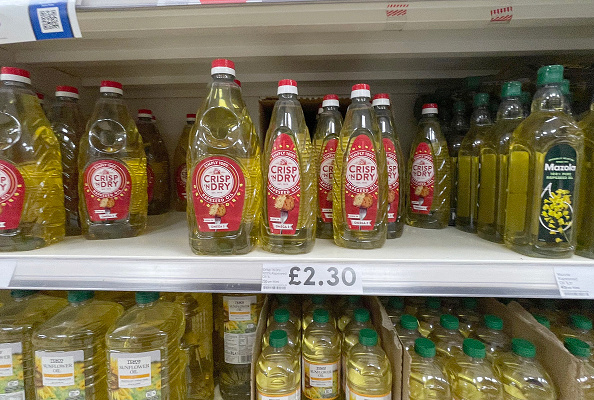The data released on November 6th shows that the United Nations’ World Food Price Index rose to its highest level since April 2023. This increase is mainly driven by the surge in vegetable oil prices.
The price index compiled by the Food and Agriculture Organization (FAO) of the United Nations is used to track the prices of major food commodities in global trade. The World Food Price Index for November reached 127.5 points, the highest in 19 months, up by 5.7% compared to the same period last year. However, it has decreased by 20.4% compared to the peak in March 2022.
The Vegetable Oil Price Index rose by 7.5% compared to a month ago, and by 32% compared to a year ago. This is mainly due to excessive rainfall in Southeast Asia, leading to concerns that palm oil production may be lower than expected.
Soybean oil prices have risen due to strong global import demand, and prices of rapeseed oil and sunflower oil have also increased.
Dairy product prices continued to rise in November, up by 0.6% from October. This is mainly driven by the recovery in global demand for whole milk powder. Butter prices hit a new high due to strong demand in Western Europe and tight inventories, while cheese prices rose due to limited export supply.
Other food price indices showed a decline. For example, due to weak wheat and rice prices, cereal prices fell by 2.7% in October, down by 8% compared to a year ago.
Sugar prices dropped by 2.4% in comparison to October, as India and Thailand entered the sugar crushing season, while concerns about Brazil’s sugarcane crop prospects eased due to recent rainfall improving soil moisture.
In another report, the FAO lowered its forecast for global cereal production in 2024 from 2.848 billion metric tons to 2.841 billion metric tons, a decrease of 0.6% from the previous year, but still the second-highest production in history.
Meanwhile, global cereal consumption is expected to increase by 0.6% in 2024/25, reaching 2.859 billion tons, primarily driven by consumption growth.
Therefore, the FAO predicts that by the end of 2025, the ratio of cereal stocks to usage will decrease from 30.8% to 30.1%, indicating that “global supplies are at an adequate level.”
(This article is based on a report from Reuters)

